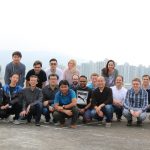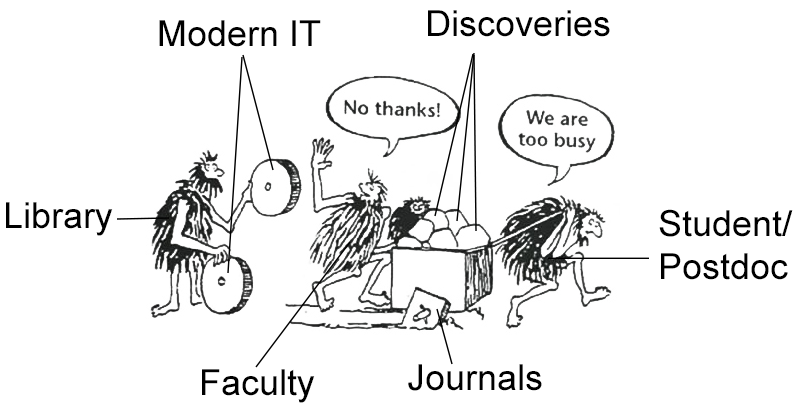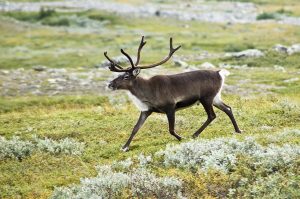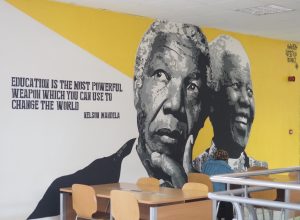
As mentioned in our Happy New Year blog post, one of the highlights in 2017 was a second GigaScience hackathon workshop which we held in November last year in our Hong Kong BGI office.

As mentioned in our Happy New Year blog post, one of the highlights in 2017 was a second GigaScience hackathon workshop which we held in November last year in our Hong Kong BGI office.
We are looking for a a permanent, full-time technician, arguably the most important position in our laboratory. The main perks that come with the position are that it is permanent and that we are a small group of very enthusiastic colleagues where there is always something different going on. For those so inclined, we also offer the possibility to conduct their own research projects, to the extent the candidate feels comfortable with.

In his fantastic Peters Memorial Lecture on occasion of receiving CNI’s Paul Evan Peters award, Herbert Van de Sompel of Los Alamos National Laboratory described my calls to drop subscriptions as “radical” and “extremist” (starting at about minute 58): Regardless of what Herbert called my views, this is a must-see presentation in which Herbert essentially presents the technology and standards behind the functionalities I have been asking for

The year is almost over and it’s time to review the highlights of GigaScience ’s 2017. “Draft genome of the reindeer (Rangifer tarandus)” Foto: Alexandre Buisse CC-BY-SA 3.0 2017 was as special year for GigaScience : a year of many firsts and we celebrated our 5th birthday! An occasion to look back – and forward, as we did in our anniversary editorial.

GigaScience utilizes and promotes Open Science in all its forms, and one of the key areas in this ecosystem is Citizen Science – opening and democratising science to such an extent it is powered by public participation.

*A New High-Quality Reindeer Genome Sequence Provides Resources for Studying Evolution, Domestication, and Adaptation to Arctic Climate. But not the secrets of Christmas. * Ewan Birney has previously blogged on the Genome Days of Christmas, but today the full-text version of a particularly Christmassy species has just been published to add to that list.
Current estimates for the cost of subscription articles converge around US$5,000 per article. This number is reached by dividing the estimated US$10b spent on subscriptions annually world-wide by the two million published articles every year. Current initiatives aiming for a transition from subscriptions to gold (article processing charges, APC-based) open access emphasize that the transition has to be cost–neutral.

Last month was the 7th consecutive year we’ve attended our co-publisher BGI’s annual ICG (International Conference on Genomics) gathering in Shenzhen.

Scaling-up ecological patterns and processes is crucial to understanding the effects of environmental change on natural systems and human society. We are piloting a Data Science Challenge where multiple groups attempt to use the same remote sensing data from low flying airplanes to infer the location and type of trees in forests. This will allow forests to be studied in detail at much larger scales than is currently possible.

{.size-full .wp-image-1390 .alignnone loading=“lazy” decoding=“async” attachment-id=“1390” permalink=“https://jabberwocky.weecology.org/2014/02/13/ecodata-retriever-quickly-download-and-cleanup-ecological-data-so-you-can-get-back-to-doing-science/data_retriever_logo_image_only/” orig-file=“https://i0.wp.com/jabberwocky.weecology.org/wp-content/uploads/2014/02/data_retriever_logo_image_only.png?fit=250%2C250&ssl=1” orig-size=“250,250”